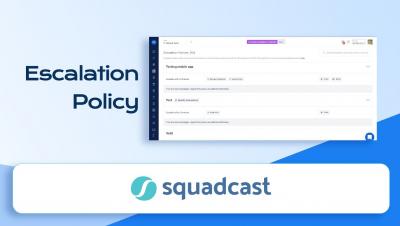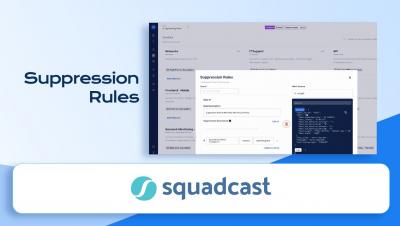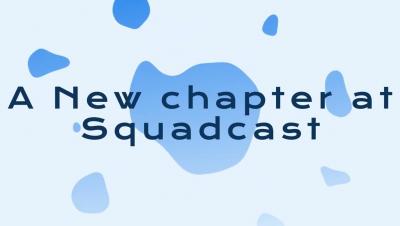Sponsored Post
SLA Vs SLO: Tutorial & Examples
Service level agreements (SLA) and service level objectives (SLO) are increasing in popularity because modern applications rely on a complex web of sub-services such as public cloud services and third-party APIs to operate, making service quality measurement an operational necessity for serving a demanding market. This article focuses on the similarities and differences between SLAs and SLOs, explains the intricacies involved in implementing them, presents a case study, and finally recommends industry best practices for implementing them.























